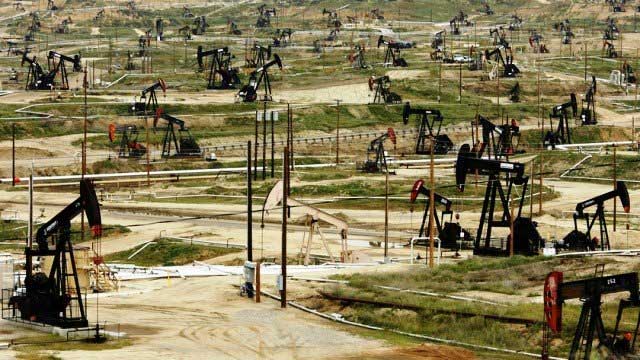A New Treasure Unearthed and Strictly Controlled with Special Technology.
Recently, drilling wells in Chongqing, China, conducted by the drilling team 70127 from the Southwest Engineering District of Zhongyuan Petroleum Engineering Company, successfully discovered a new shale oil treasure trove.
Shale oil is a type of fine-grained sedimentary rock rich in organic matter that can be processed into liquid hydrocarbons. Through a chemical pyrolysis process, this can yield synthetic crude oil. Additionally, heating shale at sufficiently high temperatures will produce vapor, which can then be distilled to create products similar to petroleum or natural gas.
According to the China Petroleum and Chemical Technical Information, the new shale oil drilling wells in Chongqing (China) have set 4 new records, including:
- The fastest mechanical drilling speed at a depth of 6,000 meters.
- The fastest mechanical drilling speed in the cross-section.
- The shortest cycle for three drilling operations.
- The shortest overall drilling cycle for the well.
Among these, 24 wells have a depth of 6,430 meters, with a cross-section designed to be 2,000 meters long. In reality, the construction process faced numerous technical challenges, such as complex geological conditions, discontinuous shale layers, and poor wellbore stability.

China discovers new shale oil field in Chongqing.
To cope with the complex underground conditions, the construction team implemented strict technical measures, enhancing maintenance and inspection between equipment operations, while flexibly adjusting the performance of the drilling fluid to ensure the cleanliness of the well.
Notably, to enhance communication with technical experts in order to develop plans to accelerate the drilling speed of high-performance drill bits, engineers increased the sealing function of the drilling fluid, mitigating the impact of wellbore instability on speed and efficiency, achieving an optimal and rapid drilling capability.
Given the complex environment, the density of the drilling fluid is extremely high. A high density can easily lead to leaks, while a low density can cause overflow. To ensure smooth progress, the drilling engineering team established a technical pillar and dispatched experienced technical experts to the wells throughout the process to ensure that every step applied smart control technology, digitization, and automation.
By installing cameras at the drilling site, the production command center is akin to providing “clairvoyance” for the drilling team, performing “live broadcasts” of drilling activities and achieving remote video monitoring.
Due to the long distance, technical management staff cannot always reach the site quickly. If issues arise during the extraction process and are not addressed timely and effectively, it can lead to complications and errors.
For this reason, a command center was established based on remote video monitoring and command. Staff from production, safety, technology, materials, and other functional departments work together and remain on standby 24/7. On-site issues can be resolved immediately, ensuring prompt and smooth communication between departments and offices, leading to efficient production organization.




















































